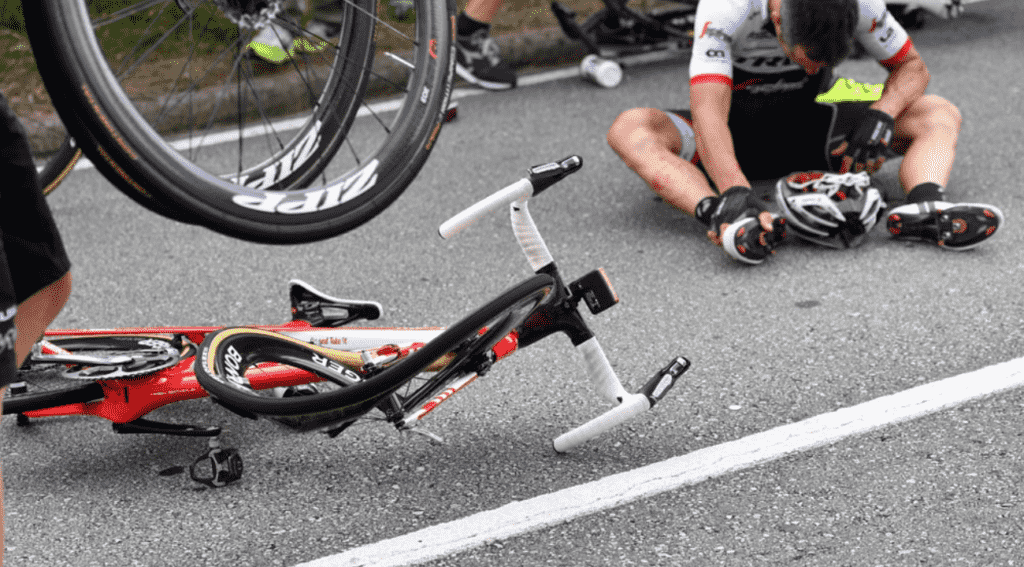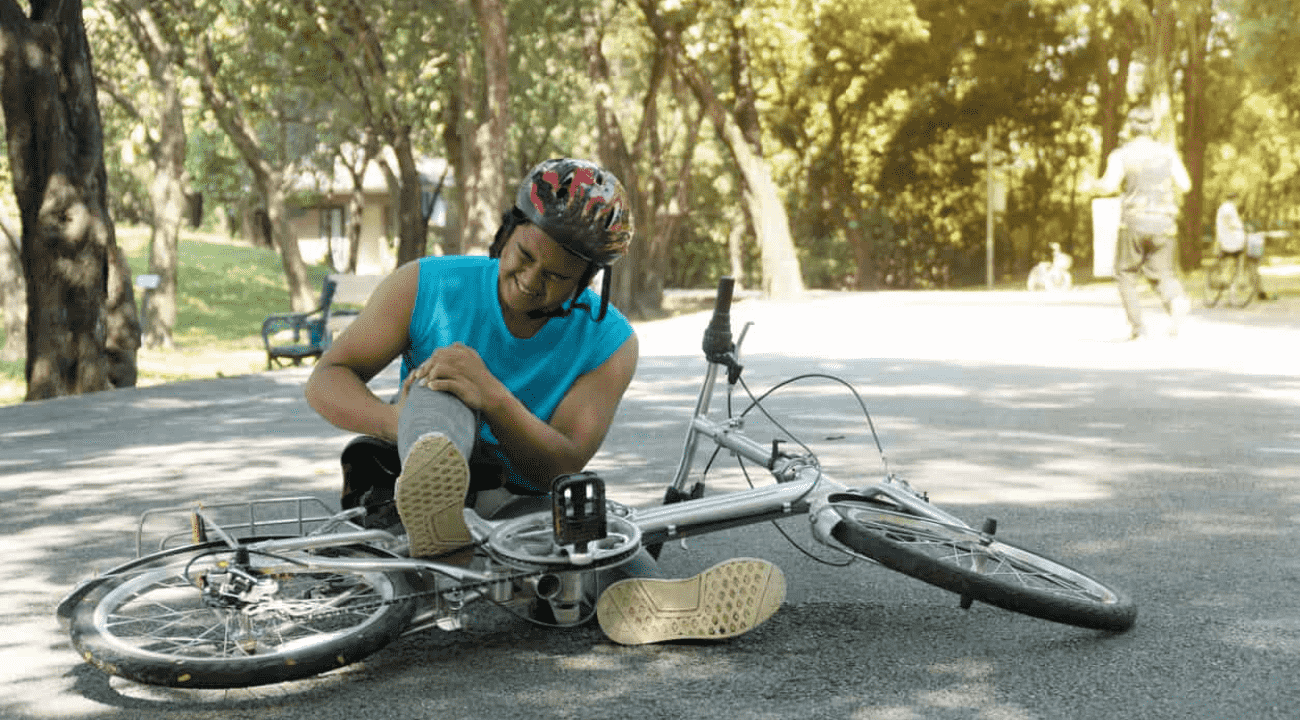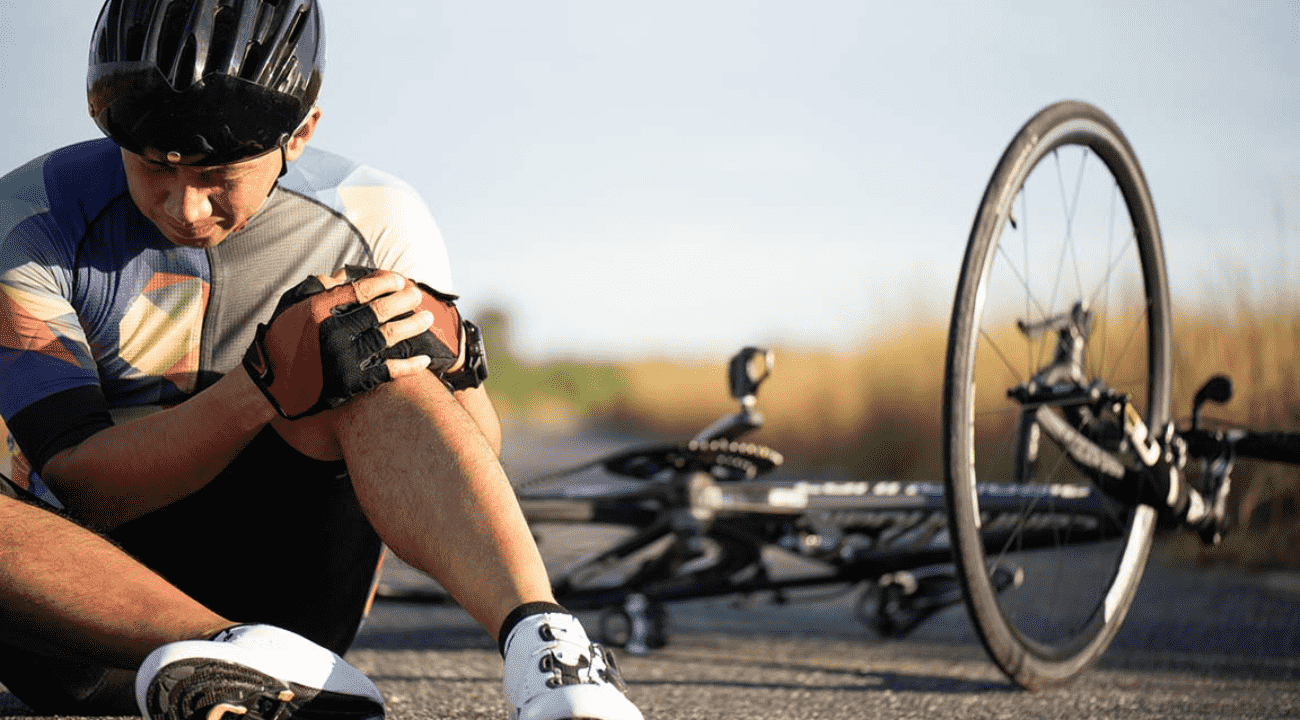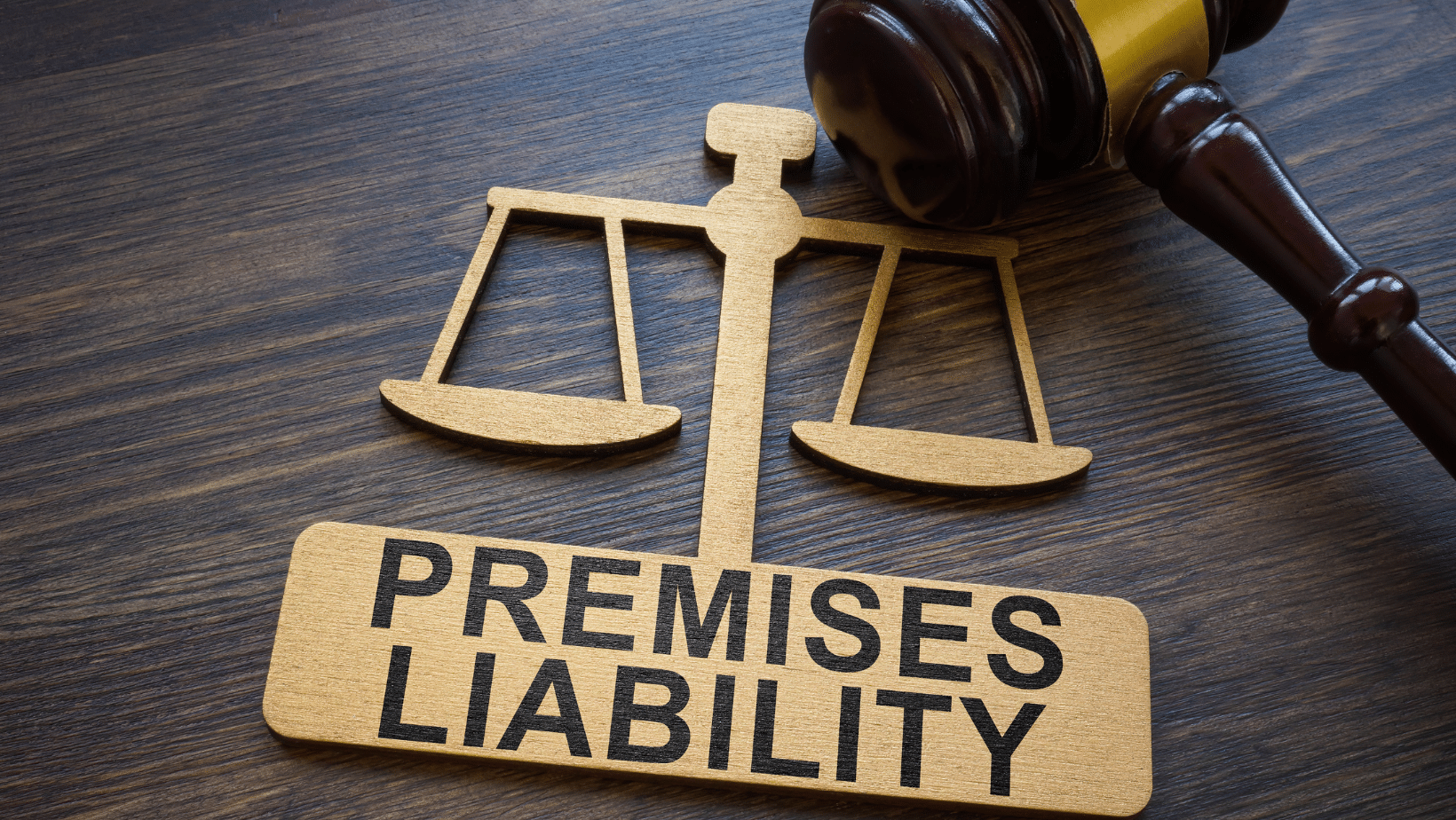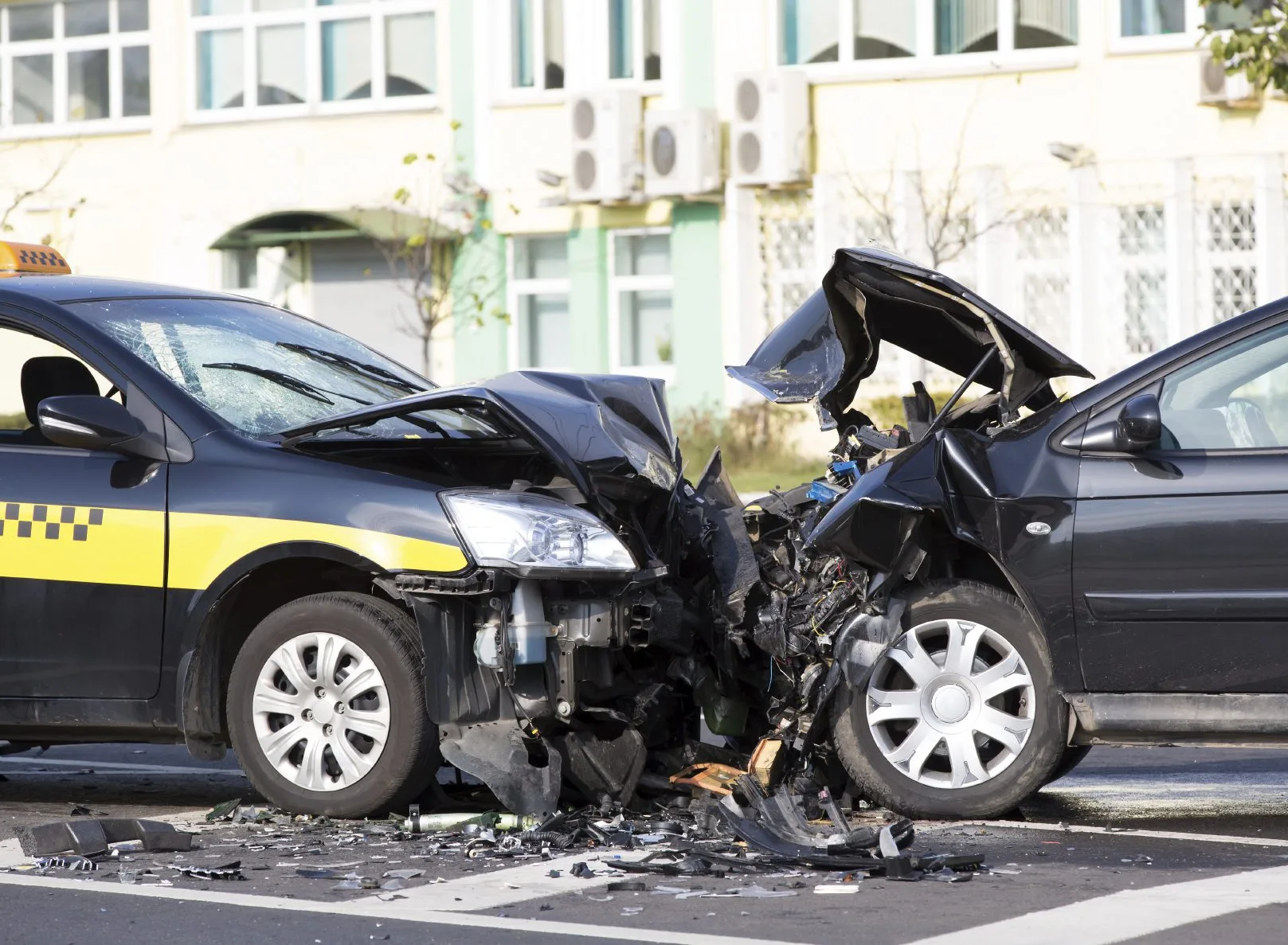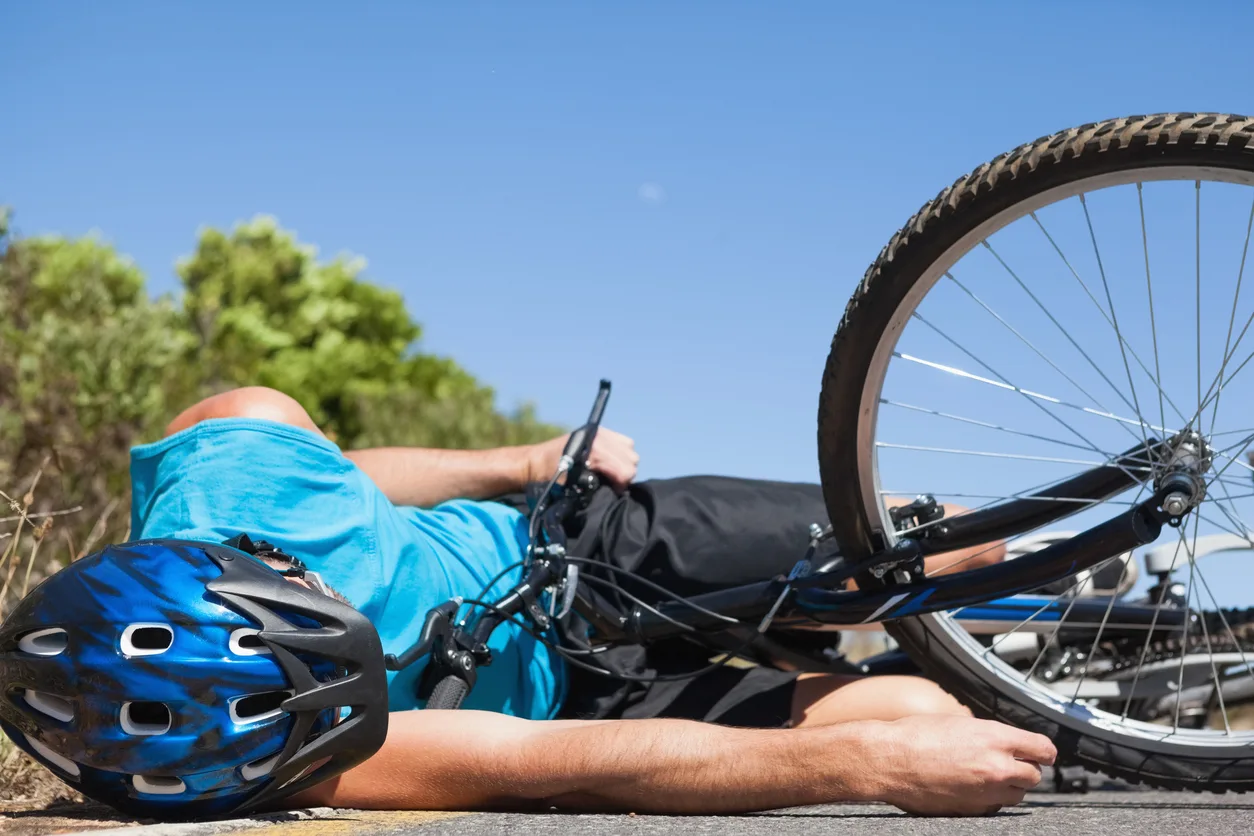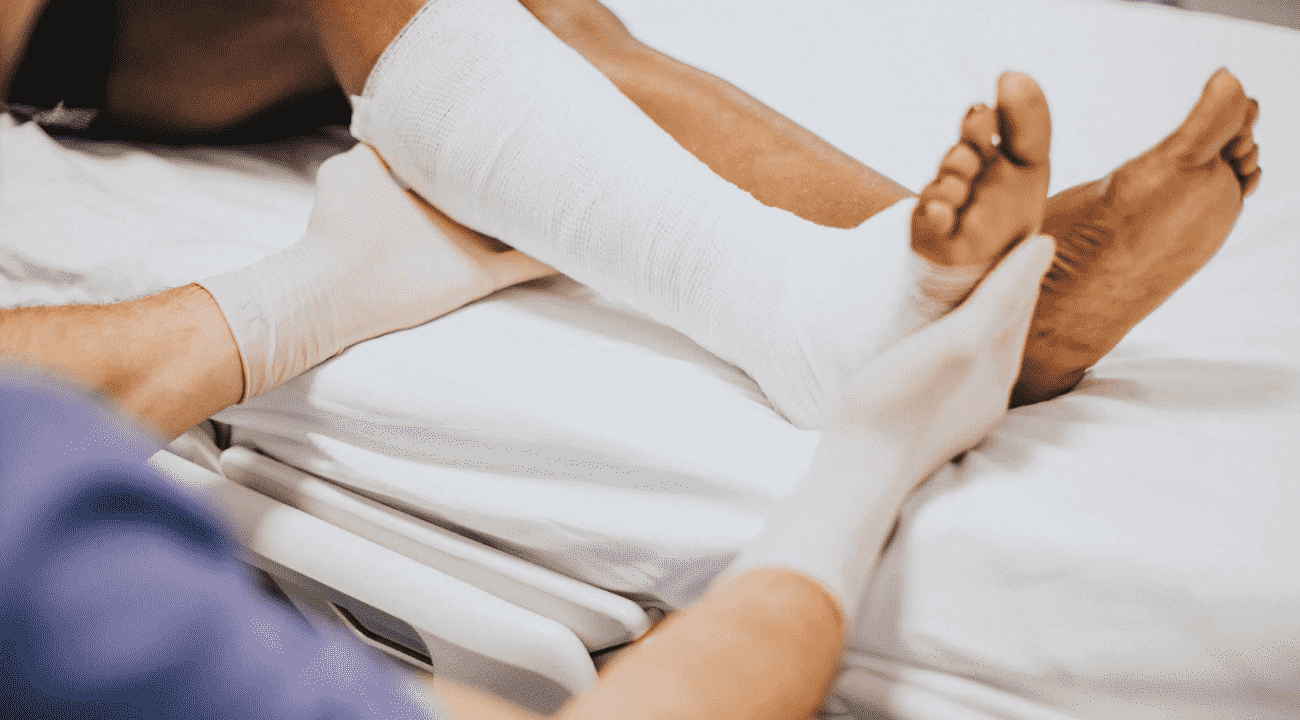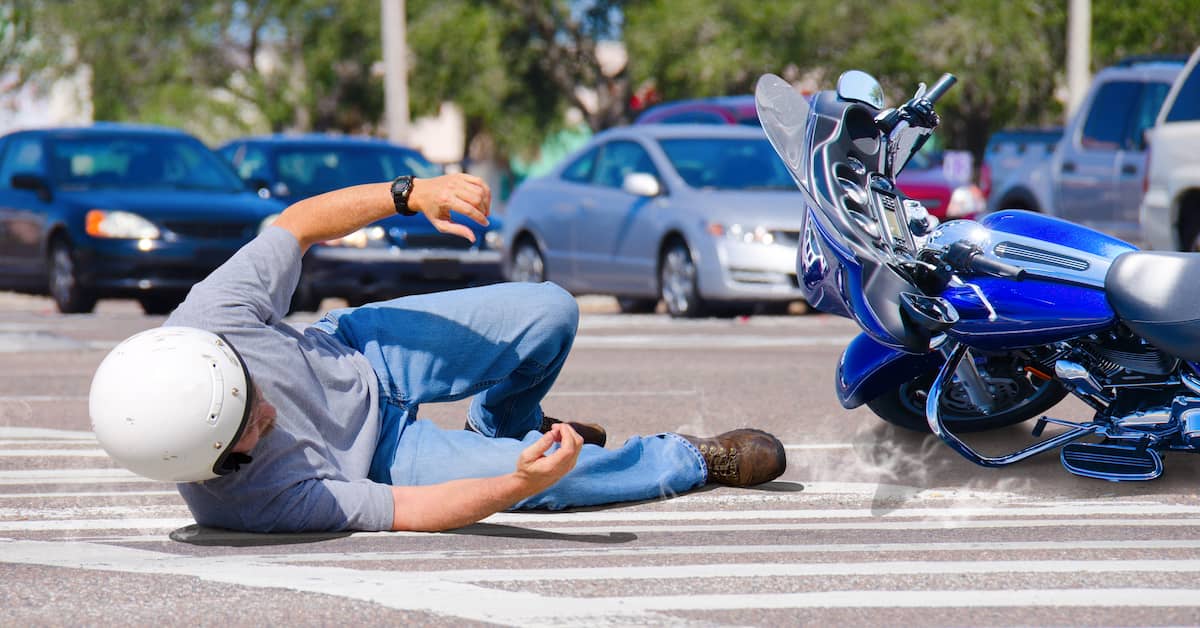Understanding the Various Types of Bicycle Accident Injuries
Bicycle accidents can be caused by a variety of factors, including the negligence of drivers, cyclists, and even pedestrians. Some of the most common causes of bicycle accidents include:
- Driver Negligence: Drivers who fail to yield to cyclists, run red lights or stop signs, drive under the influence of drugs or alcohol, or engage in other reckless behavior can cause serious accidents.
- Poor Road Conditions: Potholes, cracks, and other hazards on the road can cause a cyclist to lose control of their bike and suffer injuries.
- Cyclist Negligence: Cyclists who fail to obey traffic laws, wear appropriate safety gear, or ride in a predictable manner can put themselves and others at risk.
- Doorings: Doorings occur when a driver or passenger opens their car door without checking for oncoming traffic, causing a cyclist to collide with the door.
- Pedestrian Negligence: Pedestrians who walk or run in bike lanes or cross streets without looking for oncoming traffic can cause accidents with cyclists.
- Defective Bicycles or Parts: Faulty bicycles or bicycle parts can fail during use, causing accidents and injuries.
- Weather Conditions: Rain, snow, ice, and other weather conditions can make roads slick and increase the risk of accidents.
Bicycle accidents can result in a wide range of injuries, some of which can be severe and life-altering. The types of injuries sustained in a bicycle accident can vary depending on the severity of the accident, the speed at which the cyclist was traveling, and whether they were wearing protective gear such as a helmet.
- Head injuries: are one of the most common types of injuries sustained in a bicycle accident. When a cyclist is involved in an accident, their head can impact the ground, a vehicle, or other objects, resulting in a traumatic brain injury (TBI) or a concussion. TBIs can cause long-term cognitive impairment, memory loss, and other serious complications.
- Spinal cord injuries: can also occur in bicycle accidents. When the spine is impacted in an accident, it can result in paralysis or partial paralysis. Injuries to the spinal cord can have life-altering consequences and require ongoing medical treatment and care.
- Broken bones: are another common injury in bicycle accidents. Cyclists can sustain fractures to the arms, legs, hands, feet, or ribs, which can be painful and take weeks or months to heal. Depending on the severity of the fracture, surgery may be required.
- Road rash: is a type of injury that occurs when a cyclist’s skin is scraped or rubbed against a rough surface, such as pavement or gravel. Road rash can be painful and may require medical attention to prevent infection and scarring.
- Soft tissue injuries: such as sprains, strains, and bruises are also common in bicycle accidents. These injuries can be painful and may require physical therapy or other forms of medical treatment.
- Emotional and psychological injuries: such as post-traumatic stress disorder (PTSD) can also occur in bicycle accidents. Victims of bicycle accidents may experience anxiety, depression, and other emotional and psychological trauma as a result of the accident.
At Ehrlich & Naparstek, we understand the serious nature of bicycle accident injuries and the impact they can have on a victim’s life. That’s why we work tirelessly to ensure our clients receive the compensation they need to cover their medical expenses, lost wages, pain and suffering, and other damages resulting from the accident.
Legal Responsibility in Bicycle Accidents
Legal liability in bicycle accidents refers to the legal responsibility of the parties involved in the accident. In general, if a person is injured in a bicycle accident, they may be entitled to compensation for their injuries and other losses.
Liability in bicycle accidents can be complex, and it often depends on the specific circumstances of the accident. For example, liability may depend on whether the accident was caused by a motor vehicle driver, a cyclist, or some other factor.
If the accident was caused by a motor vehicle driver, the driver may be held liable for the accident. This could include liability for negligence, such as failing to yield to a cyclist or driving under the influence of drugs or alcohol. In some cases, the driver’s insurance company may be responsible for paying damages to the injured cyclist.
If the accident was caused by a cyclist, the cyclist may be held liable for the accident. For example, if the cyclist ran a red light or failed to yield to a pedestrian, they could be found at fault for the accident.
In some cases, liability may be shared between the parties involved in the accident. For example, if both the motor vehicle driver and the cyclist were partially at fault for the accident, they may both be responsible for paying damages to the injured cyclist.
It’s important to note that liability in bicycle accidents can be influenced by local laws and regulations. For example, some cities may have specific laws regarding where and how cyclists are allowed to ride on the road, which could impact liability in a bicycle accident.
Overall, if you have been involved in a bicycle accident, it’s important to consult with a qualified attorney who can help you understand your legal rights and options for pursuing compensation for your injuries and other losses.
Recovering Compensation for Bicycle Accident Victims
Compensation for bicycle accident victims refers to the financial compensation that injured cyclists may be entitled to receive following an accident. This compensation is intended to help victims recover from their injuries and cover any expenses or losses resulting from the accident.
Compensation for Bicycle Accident Victims Can Include:
- Medical expenses: This includes the cost of medical treatment, hospitalization, rehabilitation, and any other healthcare-related expenses incurred as a result of the accident.
- Lost income: If the cyclist is unable to work due to their injuries, they may be entitled to compensation for lost income, including future income if they are unable to return to work.
- Property damage: If the cyclist’s bicycle or other property was damaged in the accident, they may be entitled to compensation for the cost of repairing or replacing the damaged property.
- Pain and suffering: This includes compensation for physical pain, emotional distress, and any other non-economic damages resulting from the accident.
The amount of compensation that a bicycle accident victim may be entitled to receive depends on a variety of factors, including the severity of their injuries, the extent of their property damage, and the circumstances of the accident. In some cases, the victim may need to file a lawsuit to recover the compensation they are entitled to receive.



